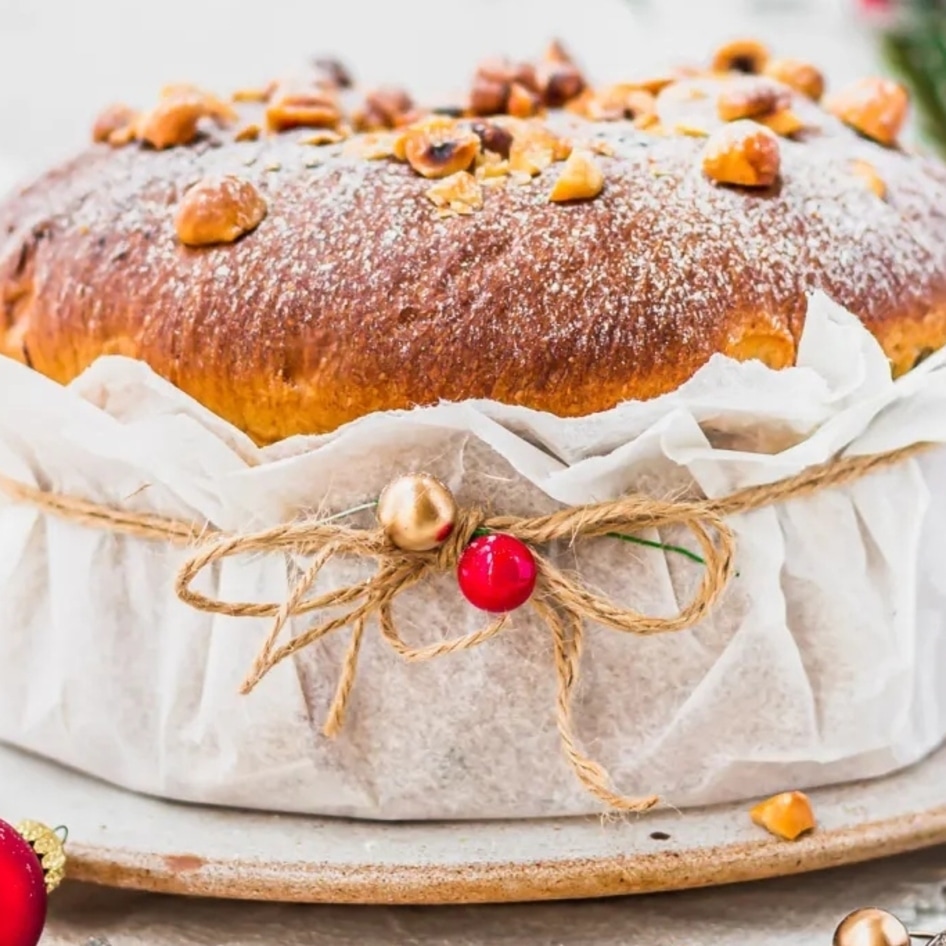If you celebrate Christmas, whether for religious or cultural reasons, you might be starting to think about buying a Christmas tree. The cheapest and most eco-friendly option is certainly to go without, but there is something about an indoor tree covered in beautiful lights and sparkly decorations that keeps people coming back for more. With the holidays now in full swing, here are some ideas to make sure the tree you choose is right for your lifestyle.
Traditional Trees
Cutting down a perfectly healthy tree just to satisfy the demands of a holiday tradition seems questionable. Isn’t it wasteful and reckless to go around cutting down trees at Christmas? Not necessarily. Most Christmas trees don’t come from evergreen forests; they are grown like any other crop. According to the National Christmas Tree Association, between one and three trees are planted to replace every one cut. It takes an average of seven years for trees to mature, and while growing they take in carbon dioxide and release oxygen. Buy from a local, organic tree farm to reduce your carbon footprint and avoid any pesticide residue.
Frightening Fakes
Artificial trees are sometimes considered a more eco-friendly option than real trees because they can be reused. While it is true that faux firs eliminate the need to buy new trees year after year, it’s debatable whether their convenience outweighs the ecological detriment they cause. Artificial trees damage the environment at every step of their production. The majority of fake trees are made from petroleum-based PVC, a non-renewable resource. Since all artificial trees will eventually be thrown out at some point, the PVC will inevitably release chemicals into the environment.
Pocket-sized Décor
For apartment dwellers, it’s not always possible to squeeze in a lush Douglas fir. But even if you live in a small space, you don’t have to go treeless. If you don’t want to cut down a tree, try a live tree instead. They are usually smaller than traditional trees, and after the holidays you can find the perfect spot to plant it outside. Rosemary bushes are another alternative. Readily available in home-improvement and garden stores, these live, cone-shaped bushes have the look and feel of traditional trees, but in a much smaller size. They are a perfect way to have holiday cheer and your entire year’s worth of rosemary in one fell swoop.
The Season of Recycling
A tree’s usefulness needn’t come to a screeching halt on December 26. Most cities offer tree-recycling programs to make sure trees are not dumped illegally. They can also be transformed into garden mulch or firewood for your woodstove. At the very least, all-natural trees are biodegradable, and their nutrients benefit the soil as they decompose.
JUMP TO ... Latest News | Recipes | Guides | Health | Subscribe







